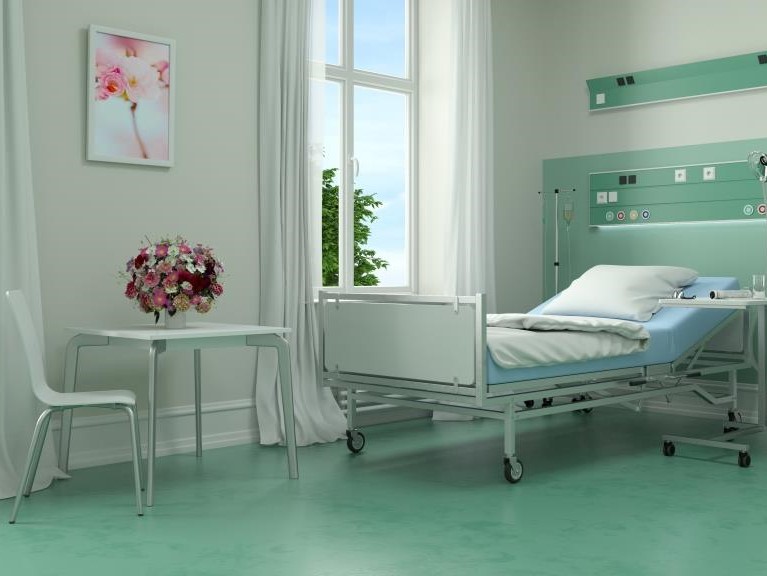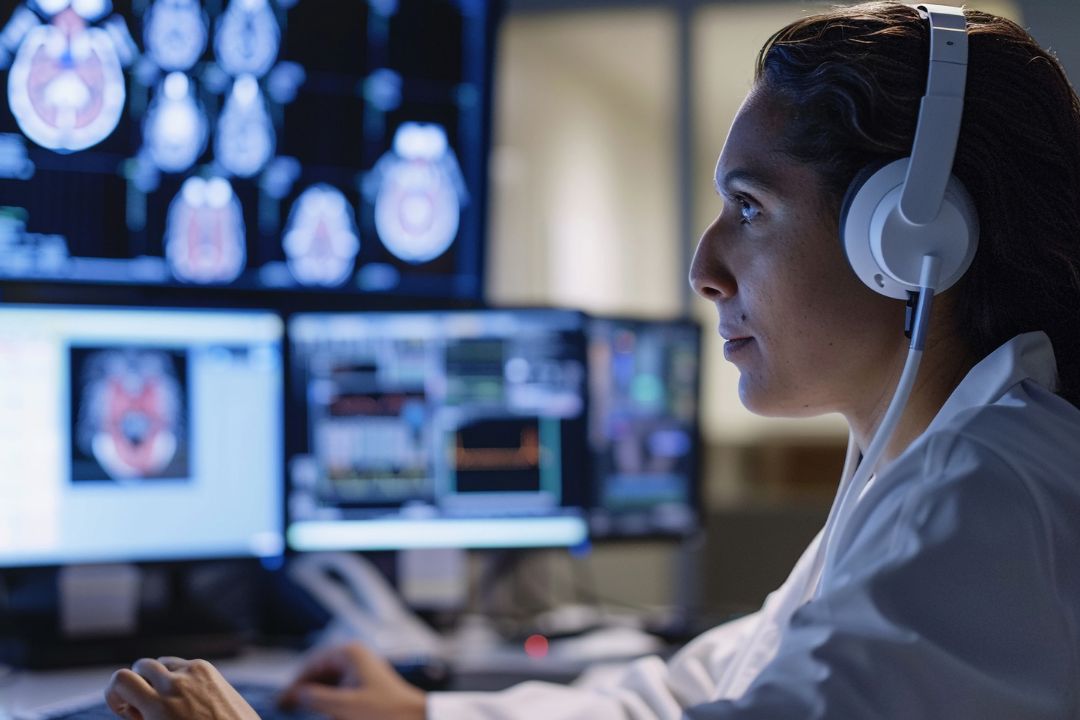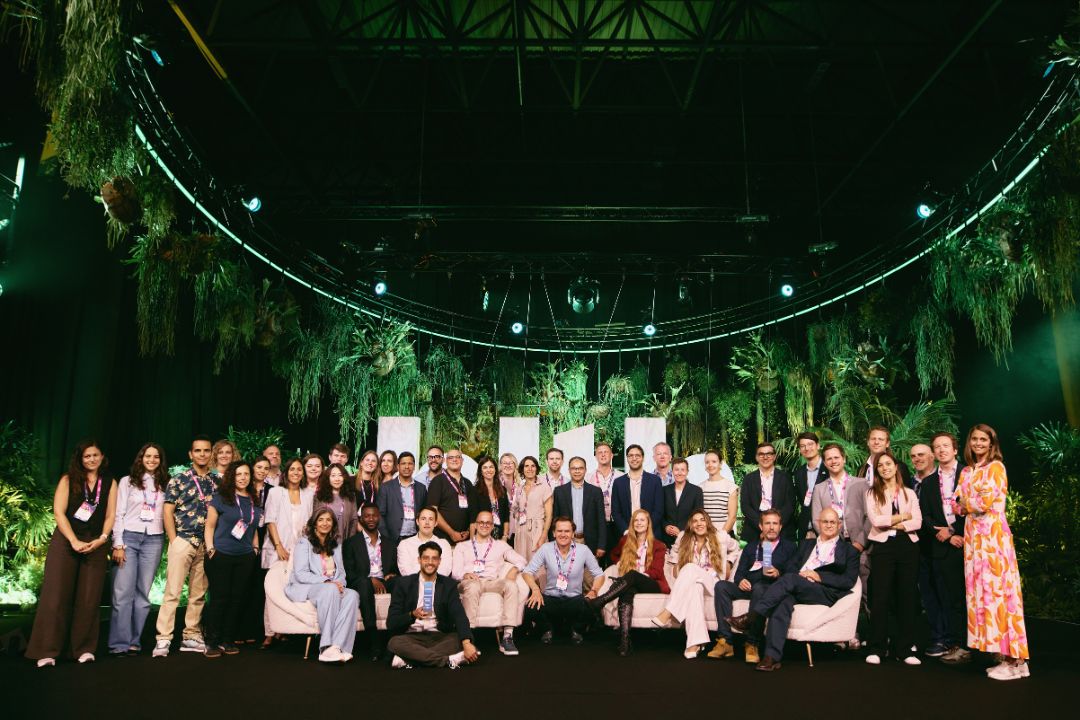16th August 2019
The unobtrusive monitoring of health-related parameters in the bed environment.
Can you imagine a bed that tells you something about your health? The state of your heart, your lungs, the quality of your sleep? Currently, if you want to acquire this type of information reliably, you need adhesive electrodes, numerous cables, chest straps, tubes, etc. If you don’t find that appealing, try to imagine a frail, elderly person, slightly disoriented but in need of monitoring because of some adverse health condition.

For anyone in need of continuous monitoring, the HealthBed is an Innovation by Design project running since the beginning of 2016 in collaboration with Philips, TU Eindhoven and the RWTH Aachen University.
The project team aims to accelerate the industrialisation of innovative technologies for unobtrusive, contactless monitoring of vital signs and sleep for clinical and home-care applications.
Within the project, a team at the Chair for Medical Information Technology (MedIT) of the RWTH Aachen University is working towards cable-free monitoring of the elderly. For this group of patients, non-contact monitoring is particularly desirable, as it helps to avoid damage of sensitive skin. In addition, it reduces discomfort that may result from measurement cables – especially if cognitive functions of the patient are impaired.
Thus, in close collaboration with the Chair for Geriatric Medicine of the RWTH Aachen University Hospital and the Robert Bosch Foundation, MedIT develops and evaluates unobtrusive technologies ranging from camera-based monitoring systems to non-contact sensors integrated into mattresses.
Since the start of the project, the project consortium has achieved several exciting results which were presented at international conferences. For example, the project team presented their multi-sensor setup that allows non-contact assessment of the functions of heart and lung at the “International Conference on Bioelectromagnetism (ICBEM)” held in Aachen, while first results of the camera-based approaches sparked interest at the “International Engineering in Medicine and Biology Conference (EMBC)” of the IEEE in Honolulu, Hawaii.
The fact that there are three unique and quite dissimilar stakeholders makes the “HealthBed” project both challenging and highly interesting: On the one hand, there are the engineers, whose main goal is to push the boundaries of technology. On the other hand, there are the medical professionals, who want to provide the best care possible for their patients and want to decode the process of (healthy) ageing. Last but certainly not least, there are the patients.
Naturally, their main motivation is to get better and leave the hospital. However, our observations show that this does not necessarily result in disinterest or even fear of technology, especially when there is the opportunity to co-create something that might benefit others in the future. The project team found out that many seniors are quite open to technology and eager to participate in their studies. This fact, the interdisciplinary and international work environment, and finally the chance to be part of a project that potentially makes a difference for an ageing society is what makes EIT “HealthBed” unique.
Click here to learn more about the project.
If you are interested in testing it out, get in touch with the project lead:
- Dr. Henning Maass, henning.maass@philips.com
- Principal Scientist – Philips Electronics Nederland B.V.
New data shows AI innovation needs skills beyond coding

The largest live dataset of AI start-up talent analysed.
Europe's top health start-ups take centre stage: EIT Health Catapult winners are revealed at HLTH Europe

2025 Catapult programme winners announced.
Finding Europe’s next healthtech leaders: Insights from Antoine D’Hollander

Insights from Antoine D’Hollander, Capricorn Partners.